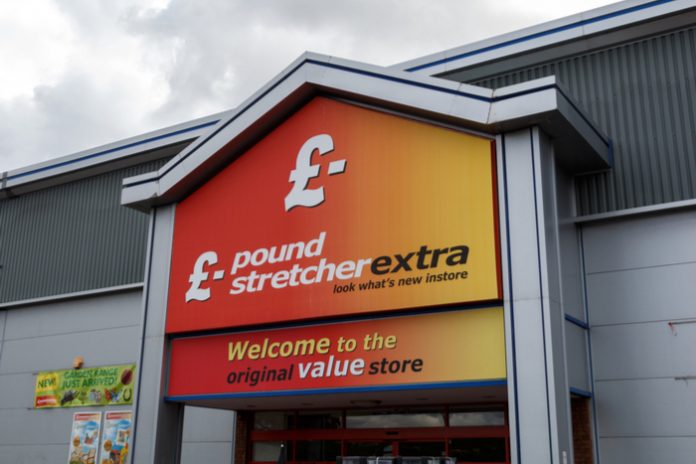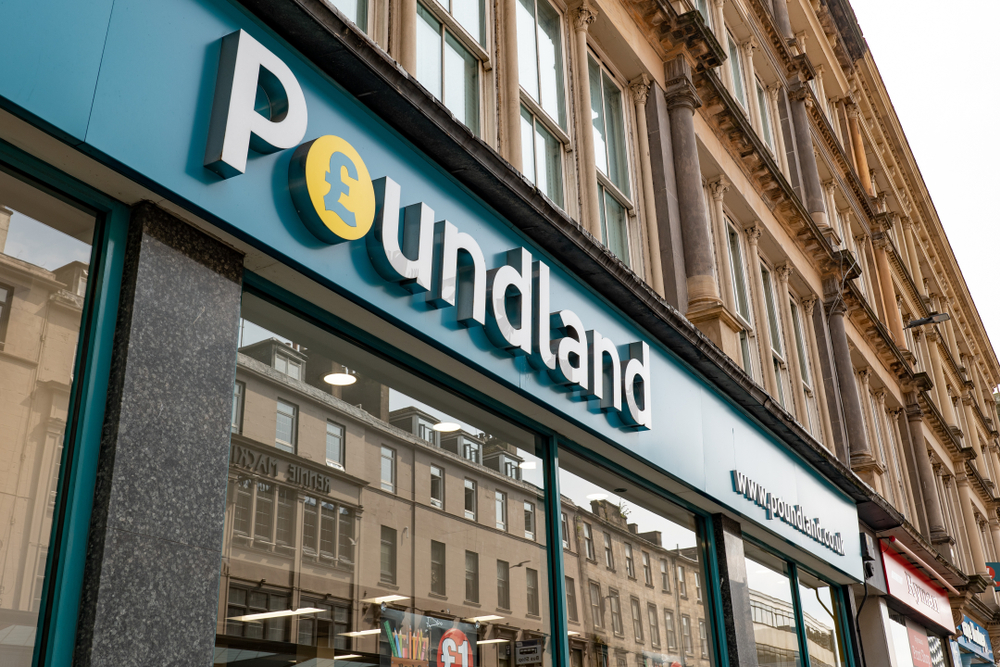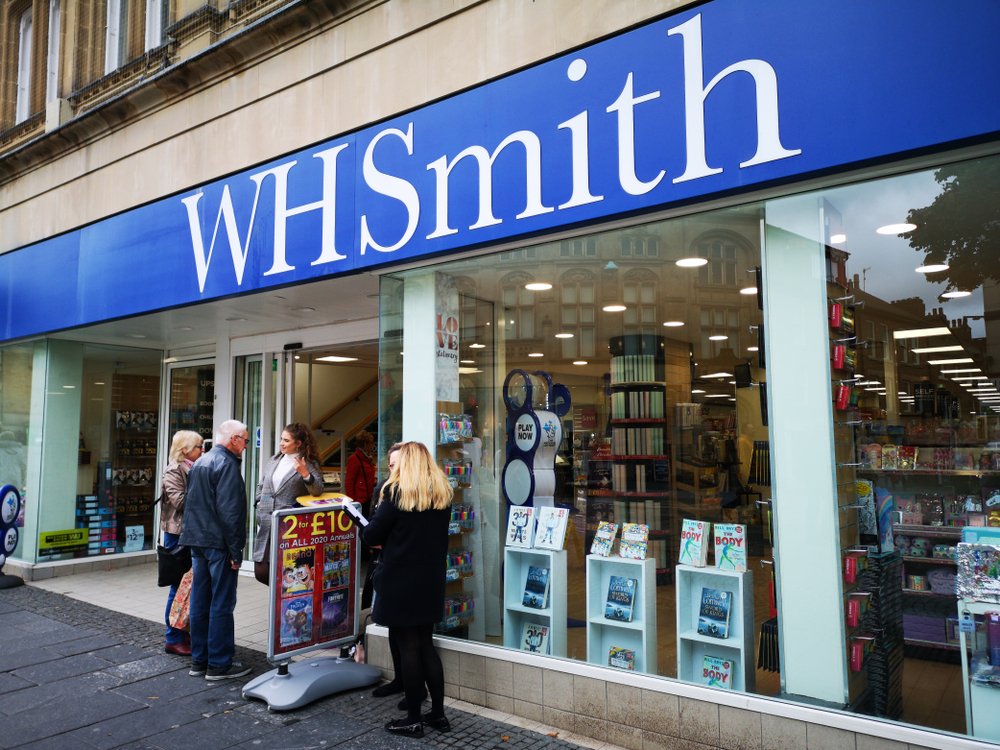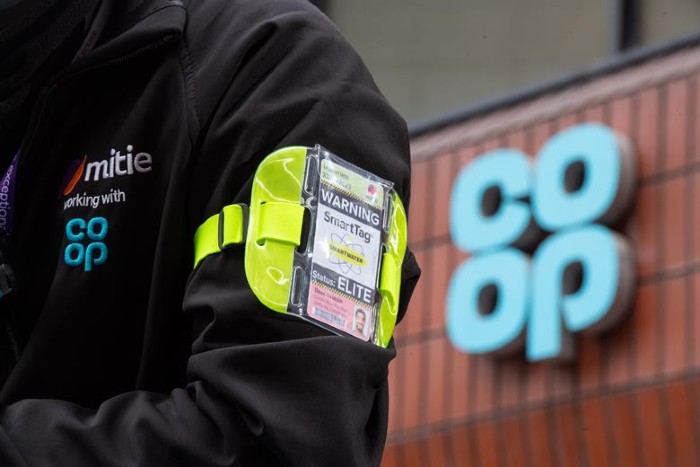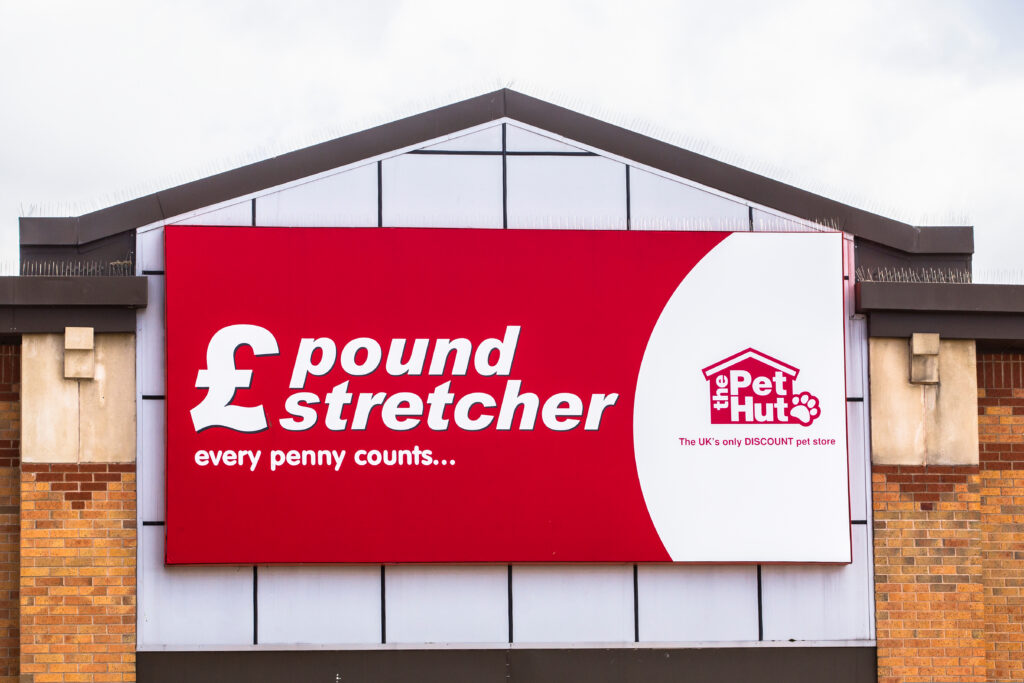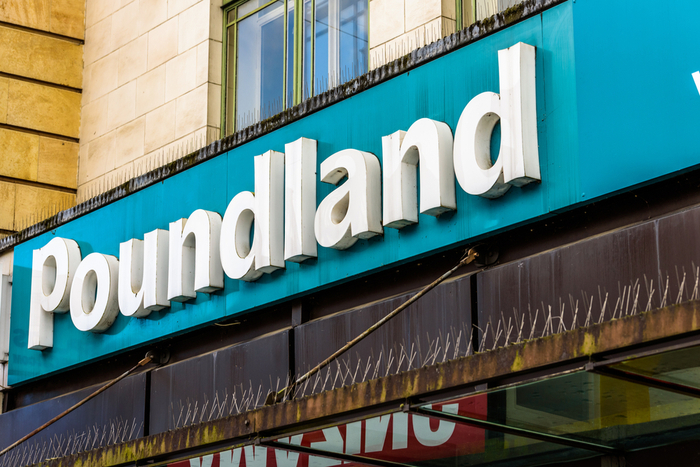// Poundstretcher recorded £80m turnaround in profits in 1 year
// The discounter made pre-tax profits of £30m in the 12 months to March
Poundstretcher has witnessed an £80 million turnaround in profits in just one year, despite entering a CVA last year due to crippling rents.
The discount retailer said it has “bounced back” after making pre-tax profits of £30 million in the 12 months to March.
This came after Poundstretcher renegotiated onerous leases, closing loss-making stores and making 200 to 250 redundancies.
READ MORE: Poundstretcher served notice to vacate stores by over 60 landlords
Last year, Poundstretcher carried out a CVA after the approval of 95 per cent of the company’s creditors.
This led to the company returning to profit after it made losses of £49.5 million in the financial year ending March 31.
The CVA saw the company restructure its cost base and since the change and in spite of the CVA, Covid and Brexit, the company, which is debt free, has been trading at profit with an average of £20 million cash in the bank each week.
Poundstretcher co-owner and chief executive, Aziz Tayub said this figure would have been higher were it not for £8 million additional costs, including fees of £3 million to KPMG for the CVA, and the cost of closing its former Huddersfield base.
Tayub forecasts £40 million in pre-tax profits in the current trading year, with plans to open 40 new stores, to return store count to 450, as it was prior to the CVA.
“We had signed leases before I took over the business in May 2007 and these went on for 50 years into the future,” he said.
“We talked to the landlords before the CVA about reduced rent or rent holidays. Some agreed to talk, but it was unfortunately not enough to save the company.
“With the CVA, we planned on closing 75 loss-making stores, which rose to 90, taking the total down to 360.
“With an average of eight people per store, that affected approximately 700 people, but many relocated within the business.
“We supported employees wherever possible. We were also able to grow store numbers during the CVA – about 12 in the year to March, and 19 since then.
“About 94 per cent of the landlords voted for the CVA, and about half the stores have not seen any compromise.
“Of the other half, about 50 per cent agreed to reduced rents – some even saw rents go up – and conversations are continuing with others.
“Putting the CVA in place was a way for us to futureproof the company at a time of huge economic uncertainty.
“The CVA gave us time to breathe – we could not have afforded paying rents on closed stores. Literally every store is profitable now.
“We felt that a CVA offered us the best solution to the issues we had faced in 2019/20. Since we restructured our cost base, we have traded at a profit every week.”
Click here to sign up to Retail Gazette’s free daily email newsletter

